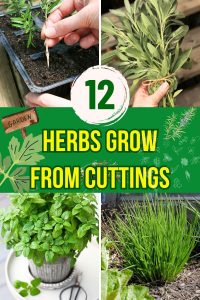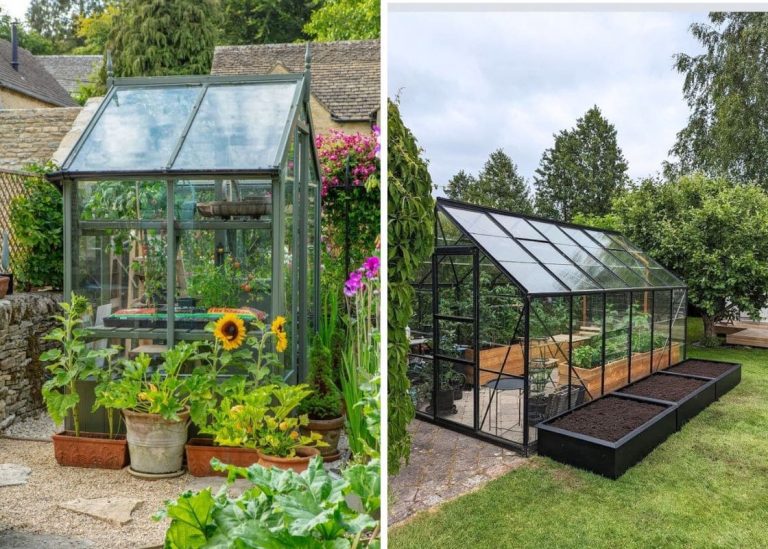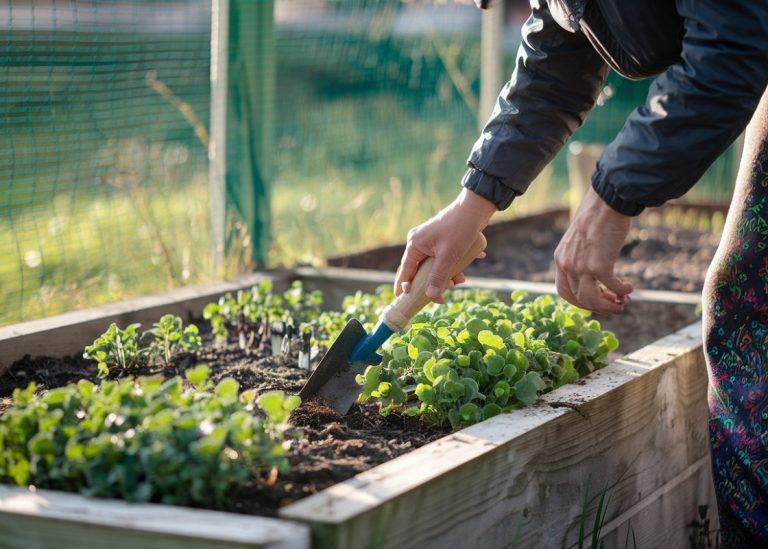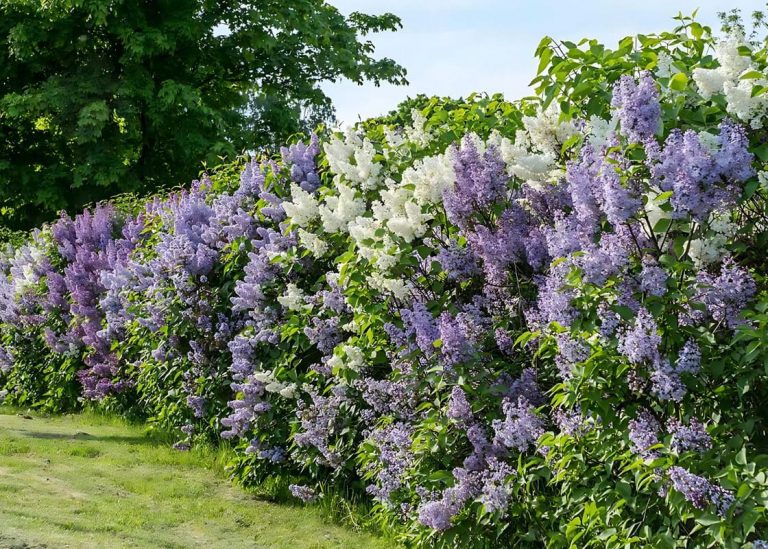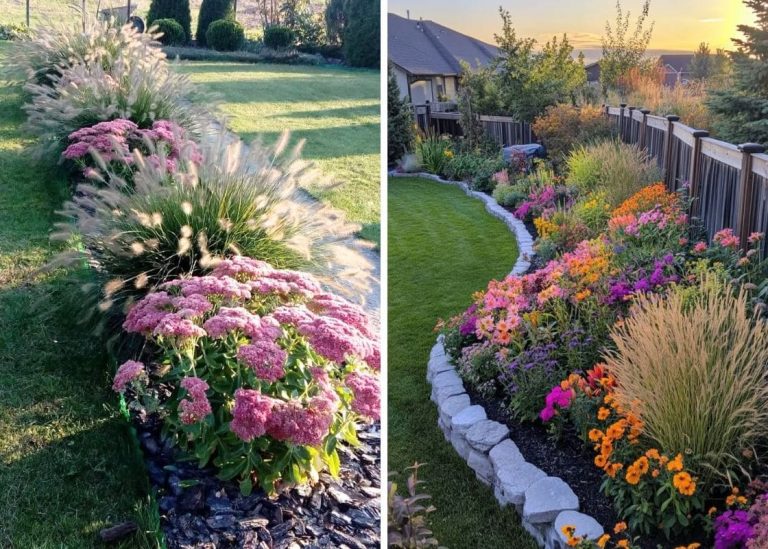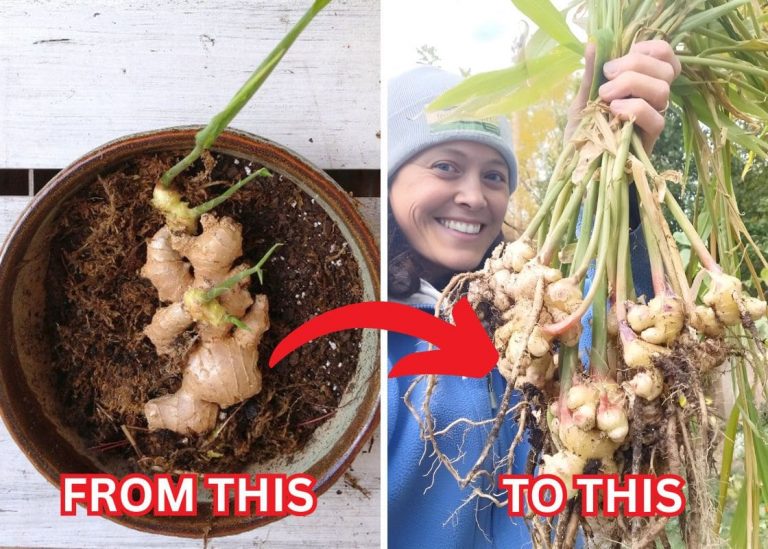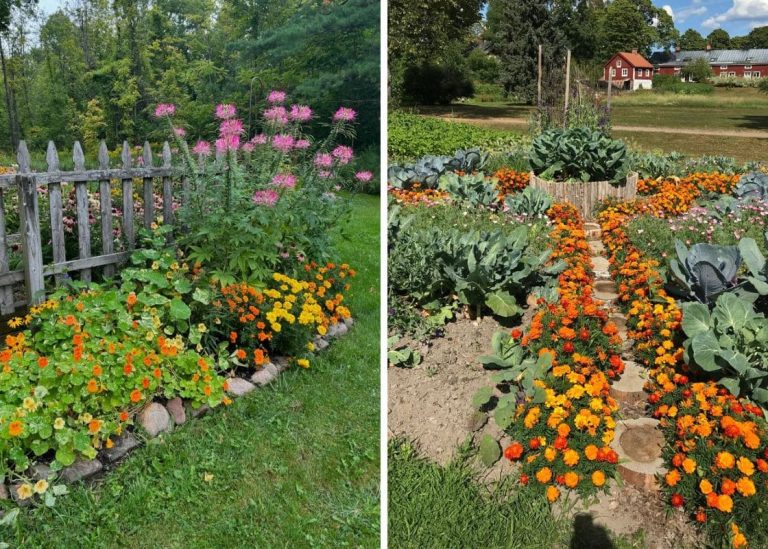12 Herbs You Can Grow from Cuttings: A Gardener’s Guide to Endless Harvests
One rainy afternoon, I was making tea when I glanced at a droopy basil bundle on the counter. The leaves were starting to curl, but the stems still looked strong. Without much thought, I filled a glass with water, trimmed the ends, and set them near the kitchen window. A few days later, to my surprise, tiny white roots appeared—delicate but determined.
Since that moment, I stopped seeing grocery-store stems as disposable and started treating them like potential. Now, nearly every corner of my patio has a pot filled with something propagated from clippings—mint spilling over the edge of a ceramic bowl, rosemary arching over terracotta, lemon balm gently brushing my fingers when I walk past.
It’s not just about saving money (though that’s a nice bonus). It’s about watching new life begin from something small. Every rooted cutting feels like a quiet victory, a little reminder that growth is possible—even from leftovers.
Here are 12 herbs I’ve grown successfully from cuttings—each with their quirks, tricks, and a bit of charm. Some were quick to root. Others needed more care. But all of them rewarded me with flavor, fragrance, and a steady, satisfying harvest.
#1. Basil
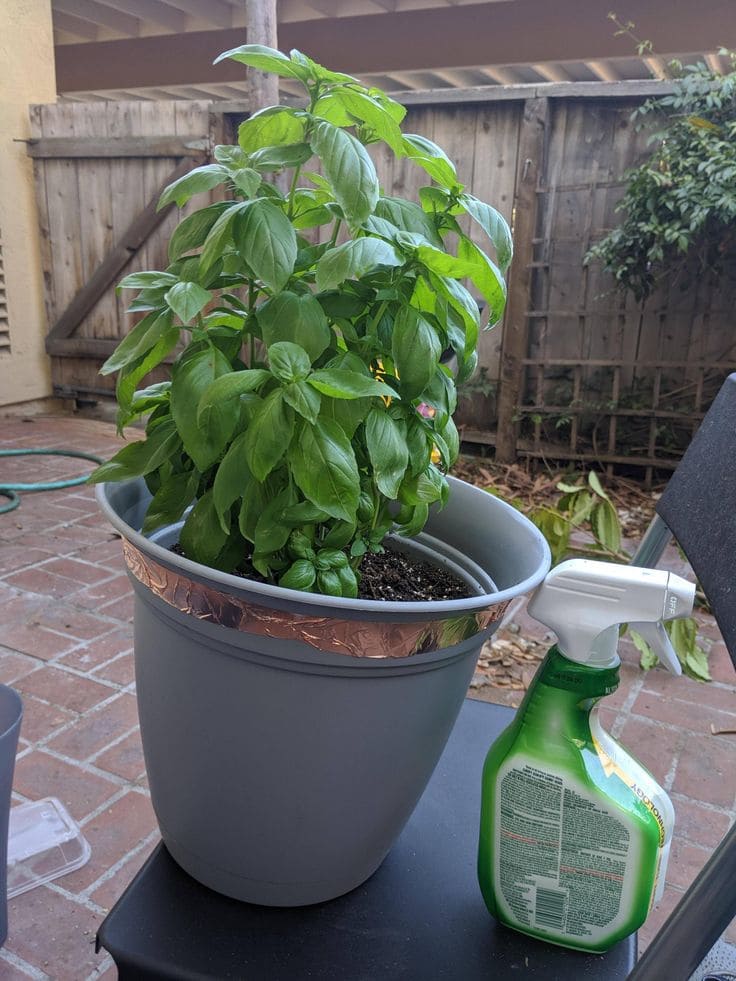
Basil is a generous herb—give it water and light, and it’ll give you roots, leaves, and a sweet, peppery scent that fills the kitchen. I like to keep a few stems from a bunch I buy at the market. I trim the ends, strip the lower leaves, and place them in a clean glass of water.
Within a week, pale roots begin to thread out. When they reach about an inch, I gently nestle them into moist potting soil. They don’t take long to adjust, especially if the weather is warm and bright. With regular harvesting, they grow fuller, and before I know it, I have a soft, fragrant hedge ready for pesto or fresh tomato salad.
#2. Mint

Mint doesn’t tiptoe—it takes over. Which is exactly why I love growing it in containers. A single cutting, about four to six inches long, can root in just a few days. I’ve even rescued half-wilted sprigs from a teacup and turned them into thriving plants.
Spearmint and peppermint root quickly in water, but even chocolate mint takes well to a simple glass on the windowsill. Once rooted, I plant it in a pot with rich, damp soil and keep it in partial sun. The leaves grow thick, crisp, and intensely flavorful—perfect for teas, desserts, or muddling into summer drinks.
#3. Oregano
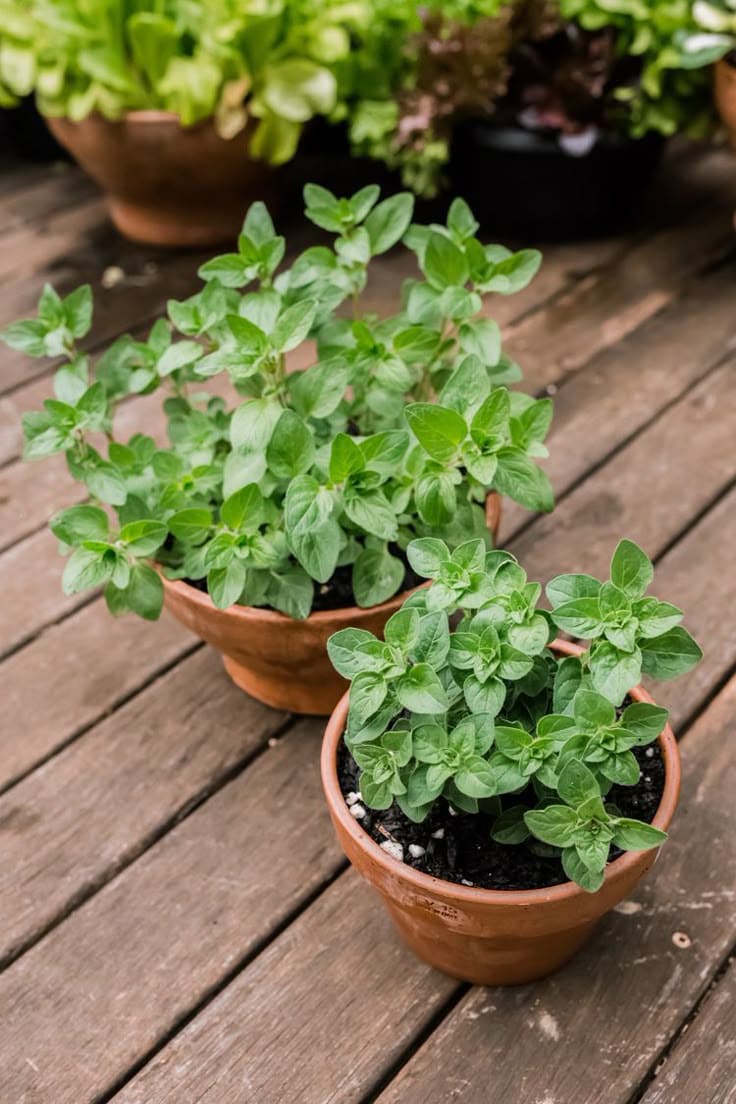
Oregano moves a bit slower, but don’t let that fool you. Once it settles in, it spreads wide and steady. I usually snip a healthy green stem, about five inches long, and remove the leaves from the lower half before placing it in a glass of fresh water.
Changing the water every few days keeps things clean and helps prevent stem rot. Once roots form—usually after ten days or so—I tuck it into well-drained soil. It quickly becomes a bushy, aromatic mound that I snip from constantly for pasta, roasted veggies, or infused oils.
#4. Thyme
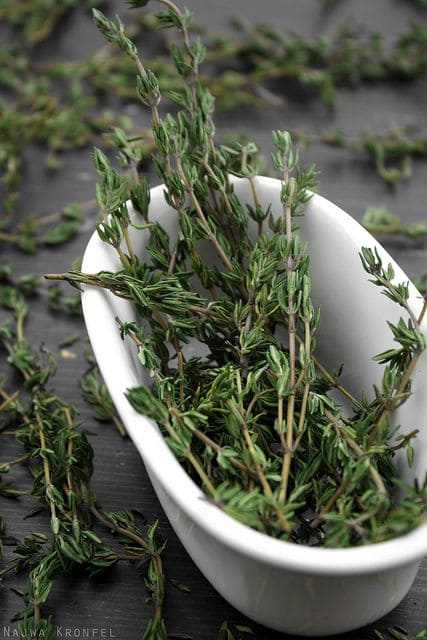
Thyme may be tiny, but it holds its own. I usually take a soft, green stem—never the woody ones—and tuck it directly into damp soil or place it in water with bright light nearby. Covering it with a clear bag helps lock in moisture until roots form.
Once it takes, thyme spreads slowly, hugging the soil and releasing that comforting, herbal scent every time I brush past. It’s perfect near walkways or mixed into kitchen planters for quick pinches while cooking.
#5. Rosemary
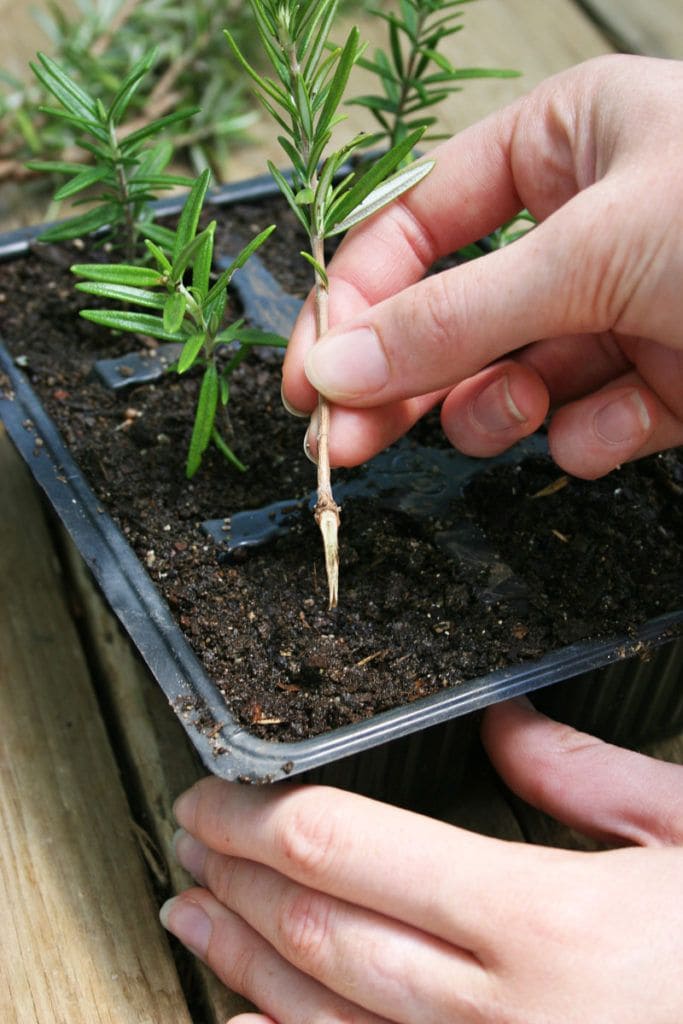
Rosemary made me work for it, but once I learned to use semi-woody cuttings, everything changed. I dip the trimmed end in a bit of rooting hormone and plant it in moist, well-draining soil.
Water propagation works too, but it takes patience. Once rooted, rosemary grows into a drought-loving powerhouse—great for hedges, slow roasts, and scenting the garden air after a hot day.
#6. Sage
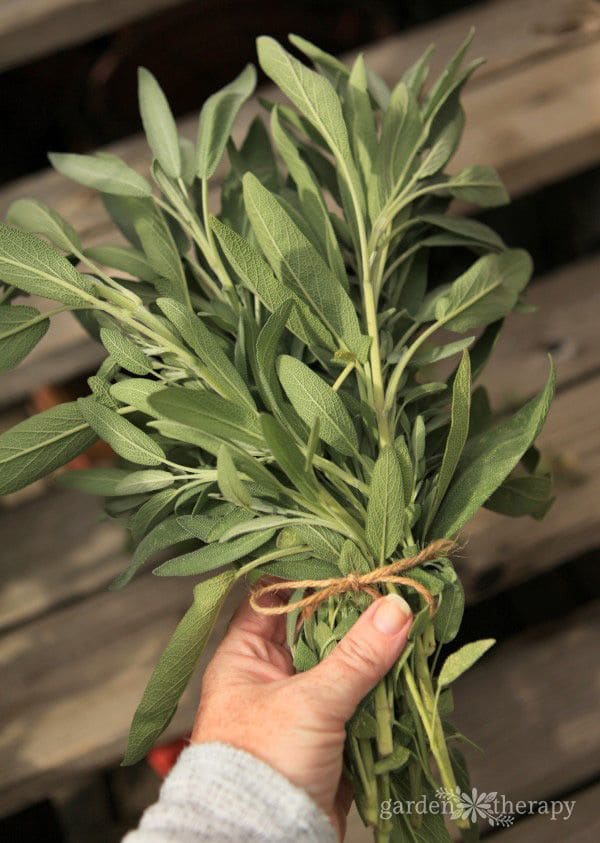
Sage cuttings look fragile at first, but once they settle into soil, they grow into strong, silvery plants that smell like warmth. I’ve had the most luck planting directly into a small pot with a touch of rooting powder and gentle watering.
It prefers a dry rhythm, so I avoid soggy conditions. Once rooted, it returns each year with soft, fuzzy leaves perfect for teas, stuffing, and crisping in butter on cool nights.
#7. Lemon Balm
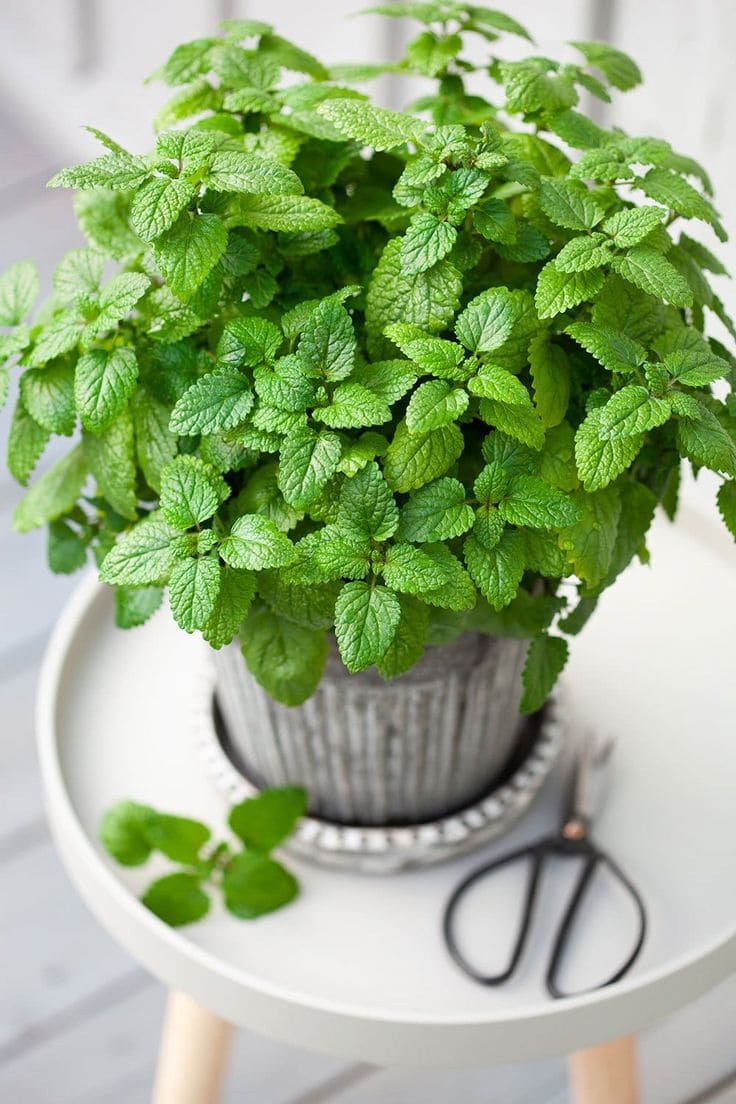
Lemon balm is one of the fastest herbs to root from cuttings. I snip a 5-inch stem, remove the lower leaves, and place it in a glass of water on the windowsill. Roots usually appear in about a week, and once they’re an inch long, I move the cutting into soil where it takes off easily.
Tip: Keep a pot near your door to grab leaves for tea or to rub on your arms—it’s a natural mosquito repellent and mood-lifter.
#8. Tarragon
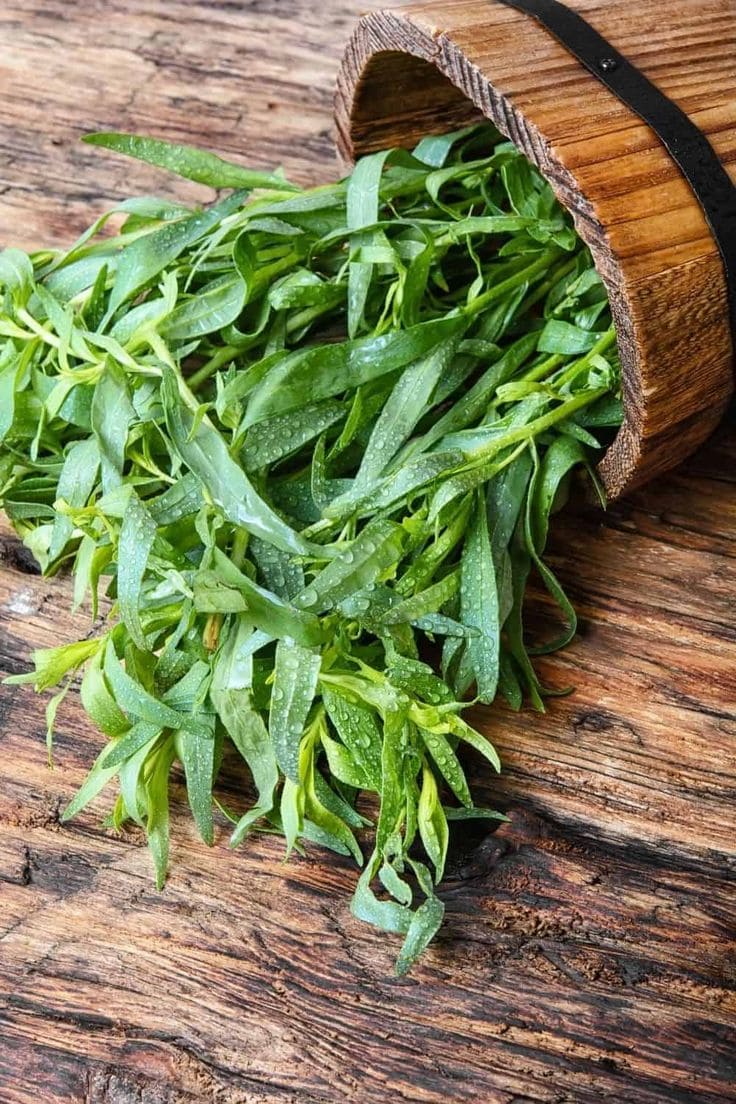
French tarragon doesn’t grow from seed, so cuttings are your only option. I take a young, green stem, dip it in rooting hormone, and plant it directly in moist soil. Then I cover it with a clear plastic container to create a mini greenhouse for extra humidity.
Tip: Warmth and patience are key—place the pot in a sunny, sheltered spot and don’t overwater while it roots.
#9. Stevia
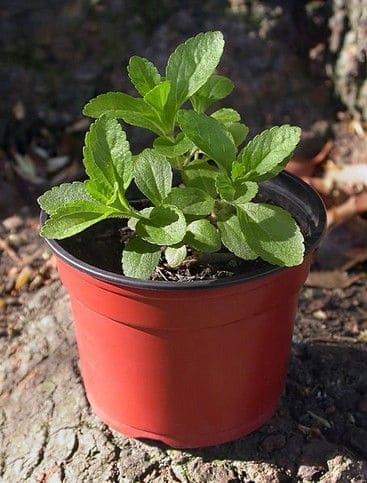
Stevia roots well from a 4-inch cutting with the lower leaves removed. I start it in water or straight in loose, moist soil and keep it somewhere warm with plenty of sunlight. Once it establishes, the plant grows quickly and can be harvested often.
Tip: Dry the leaves in bundles and crumble them into your teas or desserts for a sweet, sugar-free boost.
#10. Lavender
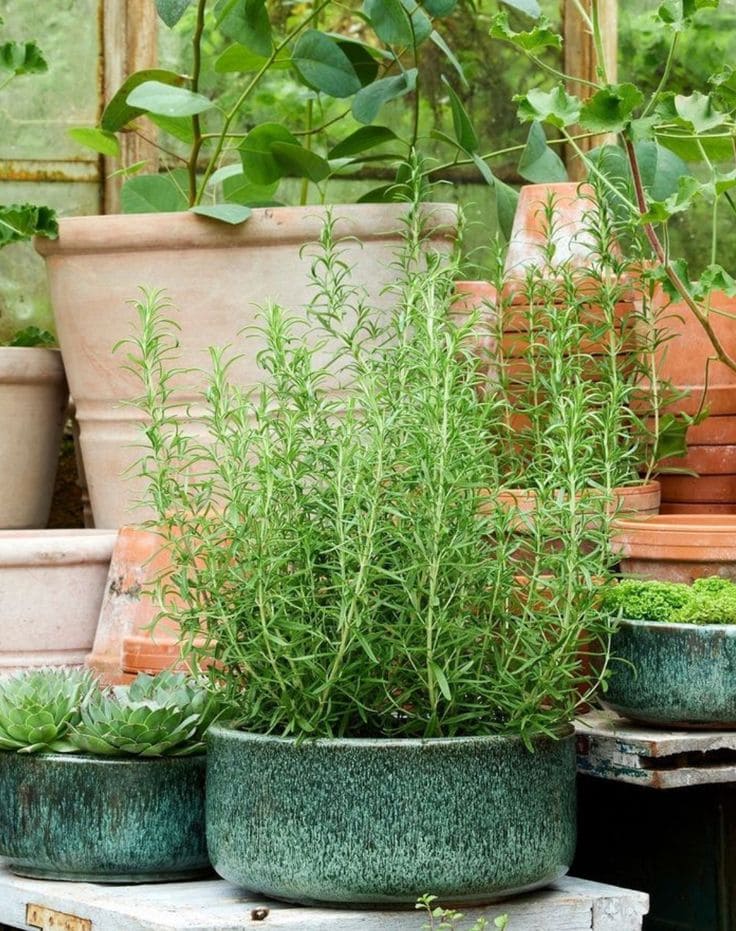
I brought home my first lavender cutting tucked inside a brown paper bag from a roadside nursery run by an elderly couple. The scent clung to my hands for hours, and I didn’t mind one bit. I used a soft, flexible stem, dipped the end in rooting powder, and planted it in sandy soil with fingers crossed. It took its time, but once rooted, it became the heart of my herb bed—tough, fragrant, and graceful even in drought.
Tip: Use softwood cuttings in spring and let the soil dry slightly between waterings—lavender hates wet feet.
#11. Marjoram
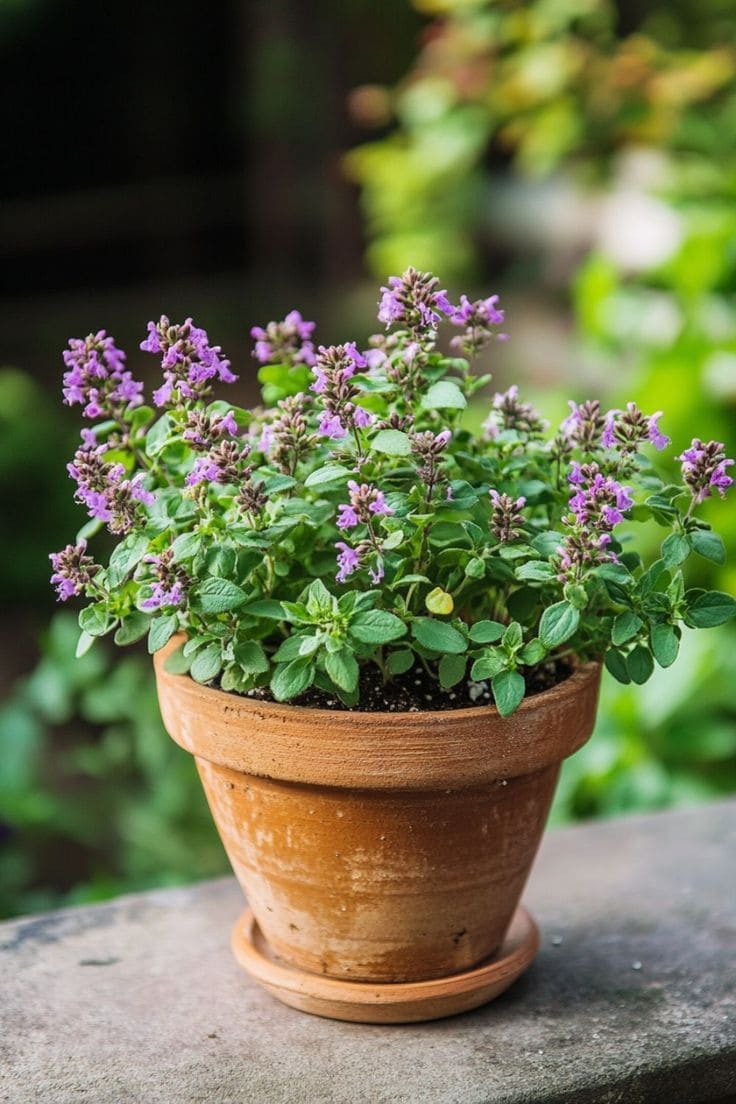
Marjoram always reminds me of my grandmother’s soups—she never measured, just tossed it in with quiet confidence. I snipped a stem from her old garden, rooted it in water, and watched it grow like it belonged here all along.
Today it lives in a pot by the back steps, soft and fragrant. I reach for it when cooking slow meals, and its gentle flavor always brings a kind of comfort no spice jar ever could.
#12. Chives
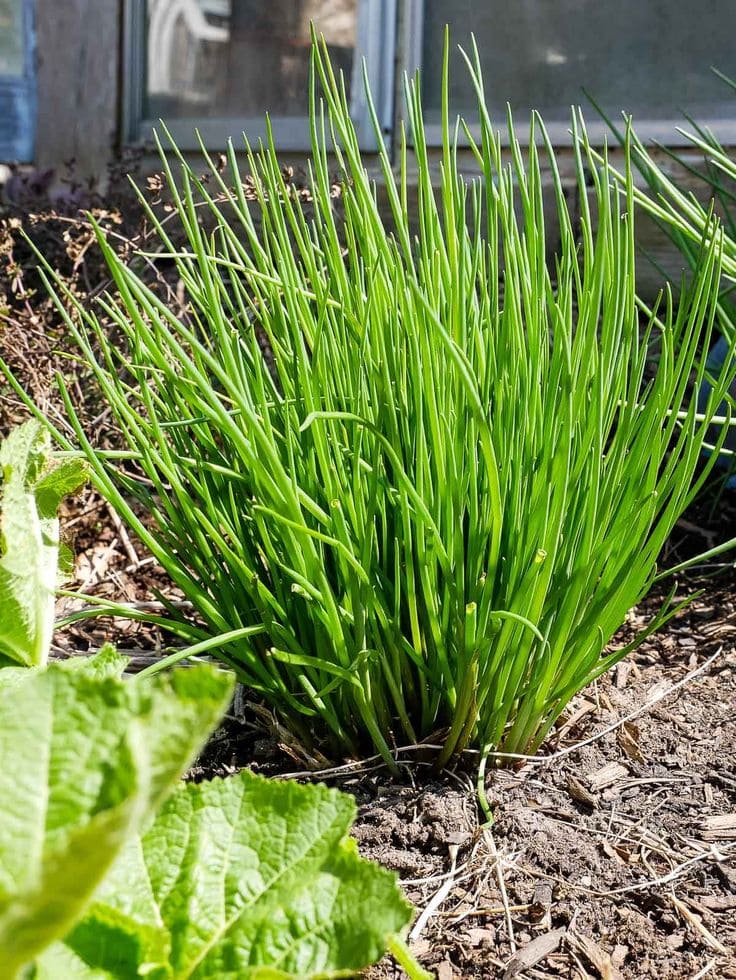
Chives were my garden gateway. As a kid, I planted clumps in plastic pots and felt like a real gardener each time I trimmed the green stems with scissors. That same joy returns every spring when their thin shoots reappear.
They’re easy to divide and eager to grow. I tuck them between flowers and veggies, where they add color, flavor, and—if I let them—tiny purple blossoms that light up the beds like little sparks.
Final Thoughts
Growing herbs from cuttings isn’t just about saving money or filling pots—it’s about watching life quietly take root in your care. These plants don’t ask for much, but they give so much back: scent, flavor, memories, and a rhythm to the seasons. There’s a kind of magic in turning a leftover sprig into a thriving plant, and that magic never wears off.
I hope this inspires you to try a few cuttings of your own. Start with one, and see where it leads. You might be surprised at just how far a small stem can grow—especially when it’s rooted in patience and joy.
